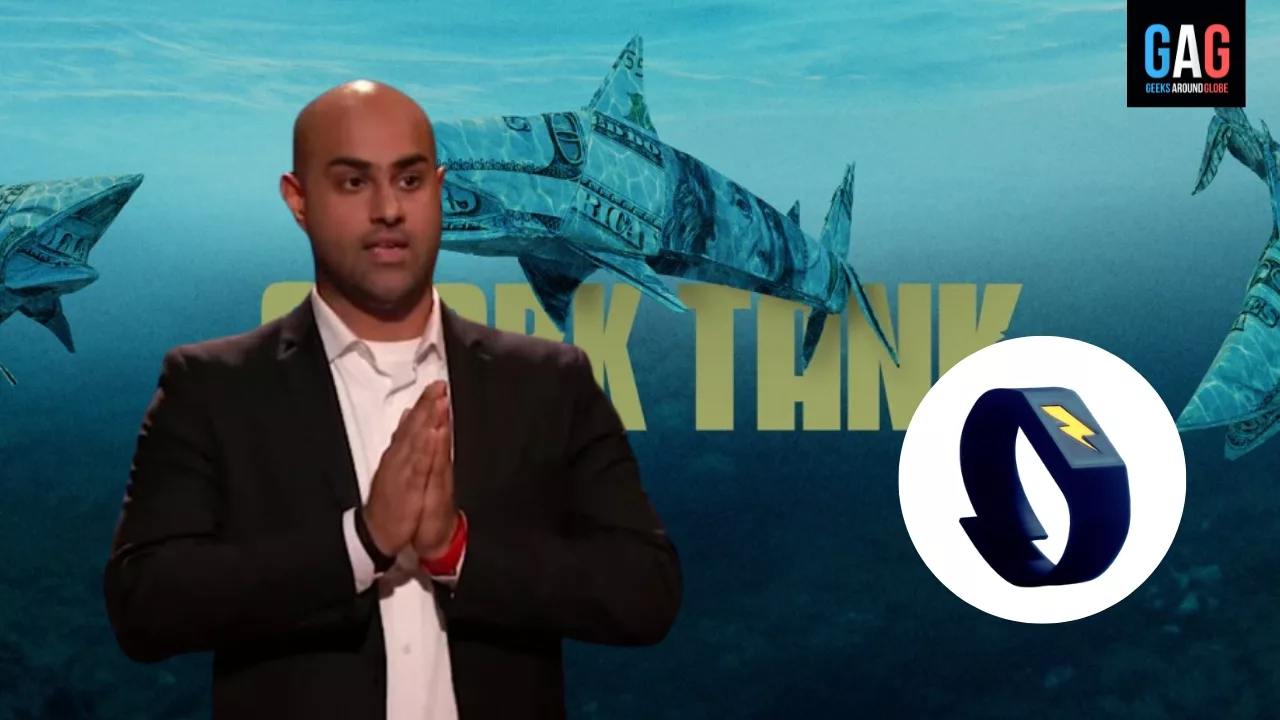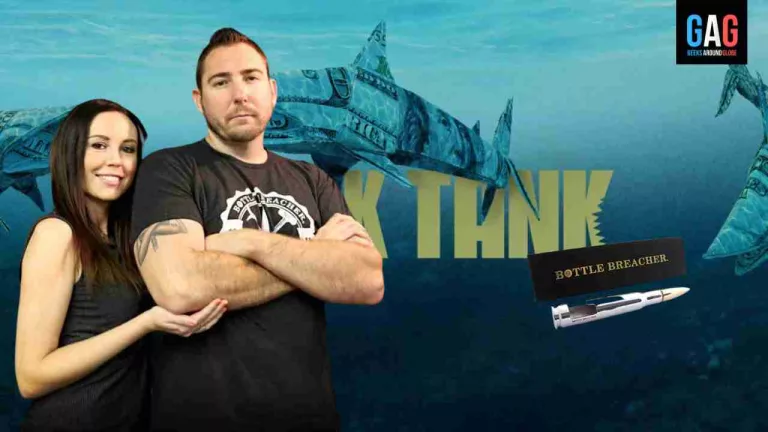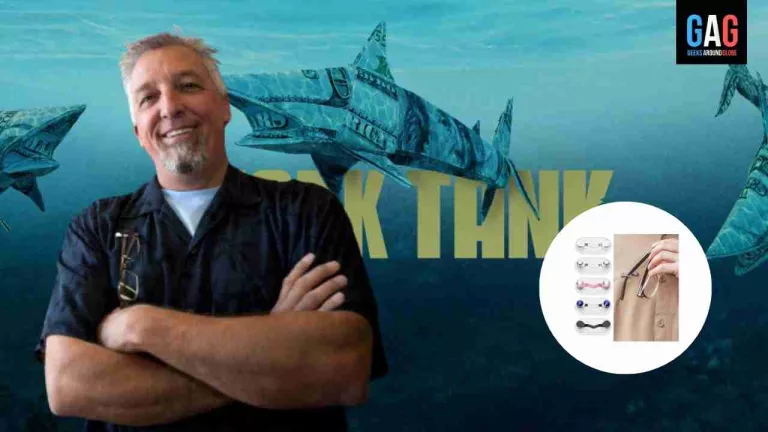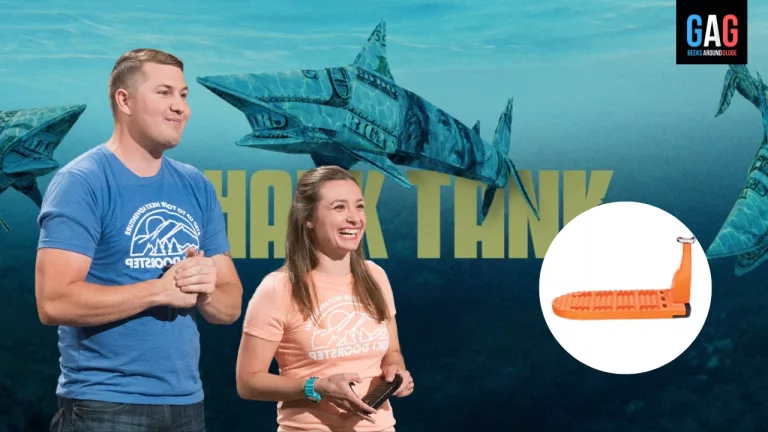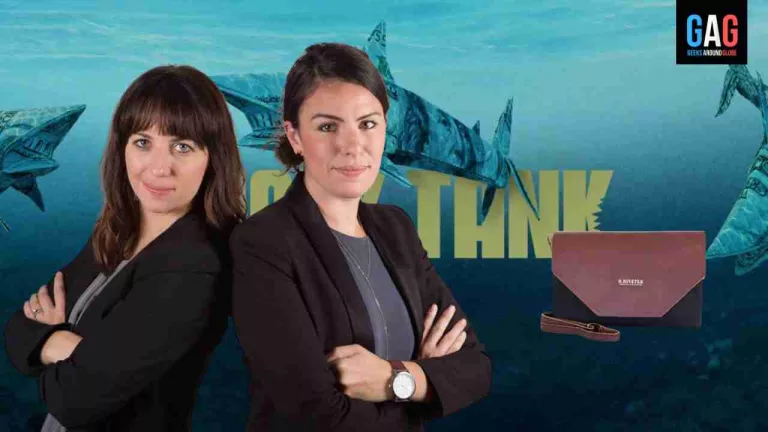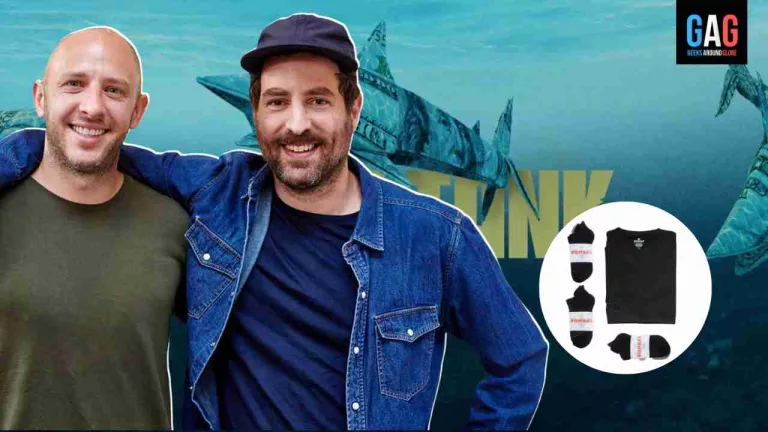Pavlok is one of the most successful products to come out of the hit TV show Shark Tank, and its founder, Maneesh Sethi, is the man behind the Pavlok that has taken the world by storm. Maneesh Sethi has a net worth of 3 Million USD as of 2023.
In this article, we’ll take a closer look at the quick facts you need to know about Maneesh Sethi and his journey to building a Software company in Boston named Pavlok.
| Information | Details |
| Full Name | Maneesh Sethi |
| Birthdate | November 4, 1987 |
| Birthplace | Phoenix, Arizona |
| Education | Bachelor’s degree in Computer Science from Stanford University |
| Previous occupation | Founder of the behavior modification wristband Pavlok. CEO of Behavioral Technology Group, Inc. |
| Invention | A wearable device named Pavlok is designed to help you break unwanted habits. |
| Shark Tank appearance | Season 7, Episode 29 |
| Shark Tank deal | No Deal |
| Pavlok founded | 2015 |
| Pavlok headquarters | Boston, Massachusetts. |
| Other products | Hack the System |
| Awards and recognition | He is best known as the founder of the behavior modification wristband Pavlok. In 2009, author Tim Ferriss held a contest calling for videos of applicants living a “4-hour workweek”, which Sethi entered and won. |
| Personal life | Unknown |
| Net worth | $3 million (as of 2023) |
| Philanthropy | Maneesh founded an NGO in India, SaveThem.net, where he wired up a village with electricity, built a computer lab, and taught children how to use the Internet. |
| Future plans | Unknown |
Conclusion
Whether you are an entrepreneur looking for inspiration or just curious about the story behind Pavlok, there are always lessons to be learned from successful individuals like Maneesh Sethi. With a commitment to innovation, sustainability, and philanthropy, Maneesh is a true inspiration for entrepreneurs everywhere.

